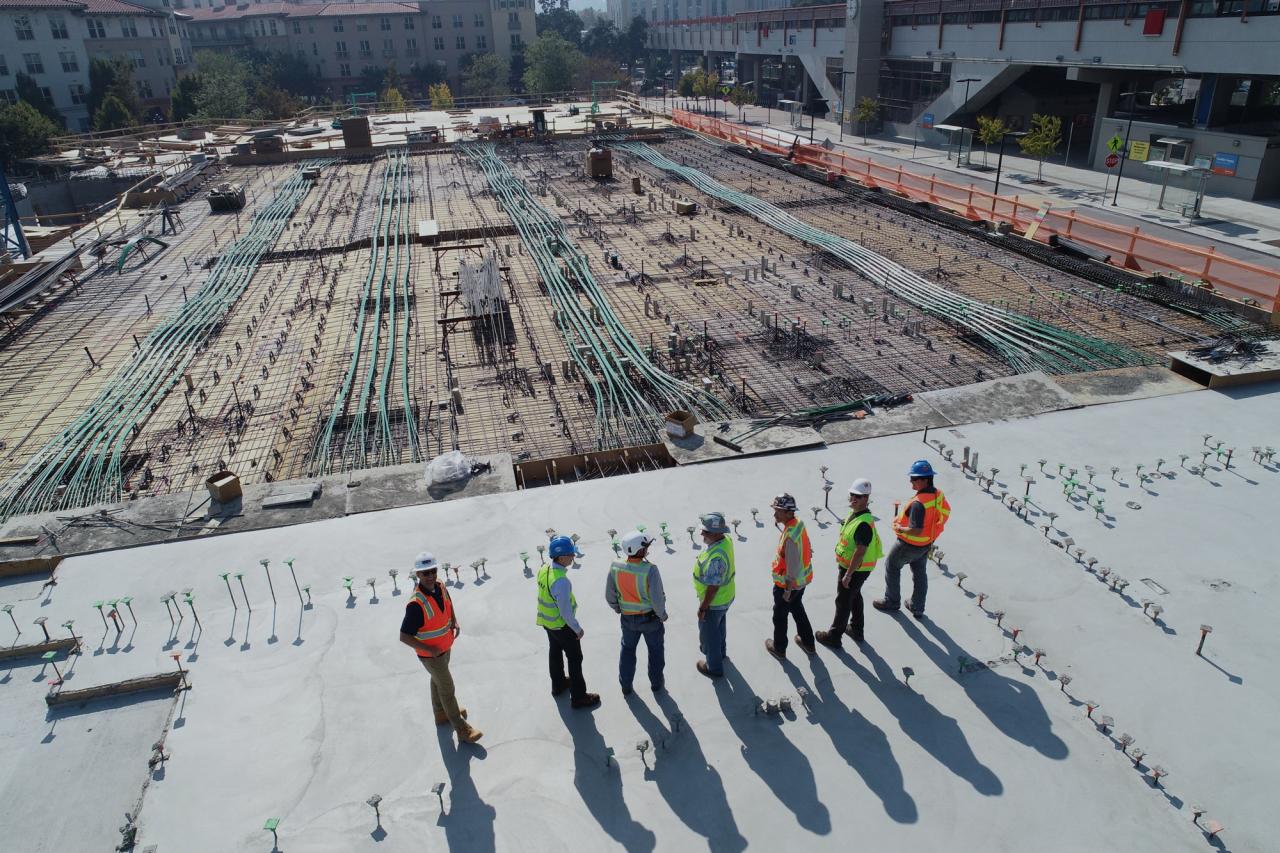Construction companies around the world are adopting lean construction principles in hopes of reducing waste, lowering costs and increasing productivity.
However, understanding the basic principles of lean construction can be confusing – you will find different explanations of the methodology everywhere you look.
We'll explore the six principles of lean construction and discuss some strategies for implementing them in your organization.
1. Rethink customer value
In traditional construction processes, companies and contractors focus on what the client wants to build – the specifications included in the plans.
However, following lean construction principles means digging a little deeper to understand why they want to start a certain project. This means establishing trust and collaborating with project stakeholders early on to determine what qualifies as value for your customer.
Part of lean construction is ensuring that all stakeholders are unified in their purpose – from suppliers and subcontractors to engineers and architects, everyone must work together to deliver true customer value.
2. Define your value stream
Now that you understand what value means to your customer, the second principle of lean construction involves implementing the processes to ensure you can deliver that value. This is called the value stream.
Define what you need to deliver real value to your customer: information, equipment, labor and materials. Then remove any unnecessary or unnecessary steps.
You can use a value stream map to visualize your flow of resources, create value for your customer, and eliminate waste along the way.
3. Dispose of construction waste

Eliminating construction waste is at the heart of lean construction principles. This waste includes:
- Adding features that do not add value to the customer
- Order extra materials that you need to store and that may degrade
- Moving materials, equipment, or people to job sites before they are needed
- Not being able to match workers' experience with the job in question (waste of skills)
- Waiting for prerequisite tasks to complete or materials to appear
- Completing parts of the project too early, causing a gap in work
- Incorrect execution of tasks, generating rework and waste of material and labor
4. Create a stable workflow
Another essential principle of lean construction is ensuring a continuous and uninterrupted workflow. Your processes must be reliable and predictable.
You can achieve this by focusing on clear communication between all parties, including subcontractors, project managers, the client, and project stakeholders.
Each part must work together – sequencing is crucial. For example, if one part of the project is delayed or finished early, communication is key so you can make the necessary adjustments to the rest of the process, avoiding excess inventory and waiting times.
5. Embrace pull planning and scheduling
Traditionally, many construction professionals use a “push” system, basing production on expected demand. In lean manufacturing, companies use a “pull” system, basing production on real-time demand – they don’t create a product until there is an order for it.
The same lean principle applies to construction: releasing work based on demand. Therefore, following this lean construction principle means that you don't plan work for something like creating structures until the foundations have been laid.
Pull planning and scheduling means that everyone involved in the project must communicate and collaborate to determine the schedule for labor, materials, and tasks.
6. Strive for continuous improvement
Another fundamental principle of lean construction is Kaizen – change for the better. The objective is gradual improvement throughout each process.
During each stage of each project, construction teams must identify opportunities for improvement and take the necessary actions to make those improvements. Continuous improvement means less waste, more efficiency and a better end result.
Like every lean construction principle, Kaizen requires everyone's participation and depends on collaboration and communication to deliver a project to the client that provides real value.

Adopting lean construction principles in your organization
You won't become a lean company overnight, but any organization can implement these lean construction principles with some time and effort.
Although each project is different and you will implement different Lean principles and techniques for each, there are some general ways to get started with Lean construction:
- Your project processes are directly impacted by information and materials. Talk to the customer, get their input, and listen to their ideas to determine how you can provide true value. These steps are essential to hitting the nail on the head of lean construction.
- Waste happens when the end result of the project is not aligned with the customer's value. Listen to the customer, establish a comprehensive action plan before starting work, identify any potential causes of waste, and ensure consistent communication between each group and team member.
Implementing lean construction principles is a win for everyone
The construction industry likes to resist change, sticking to traditional methods that have worked in the past. However, the benefits of implementing these lean construction principles mean that more and more companies are changing their processes and incorporating techniques to reduce their waste and, at the same time, improve efficiency.
Ultimately, when you complete a project on time and on budget and provide real value to your client, it's a win for everyone involved.

